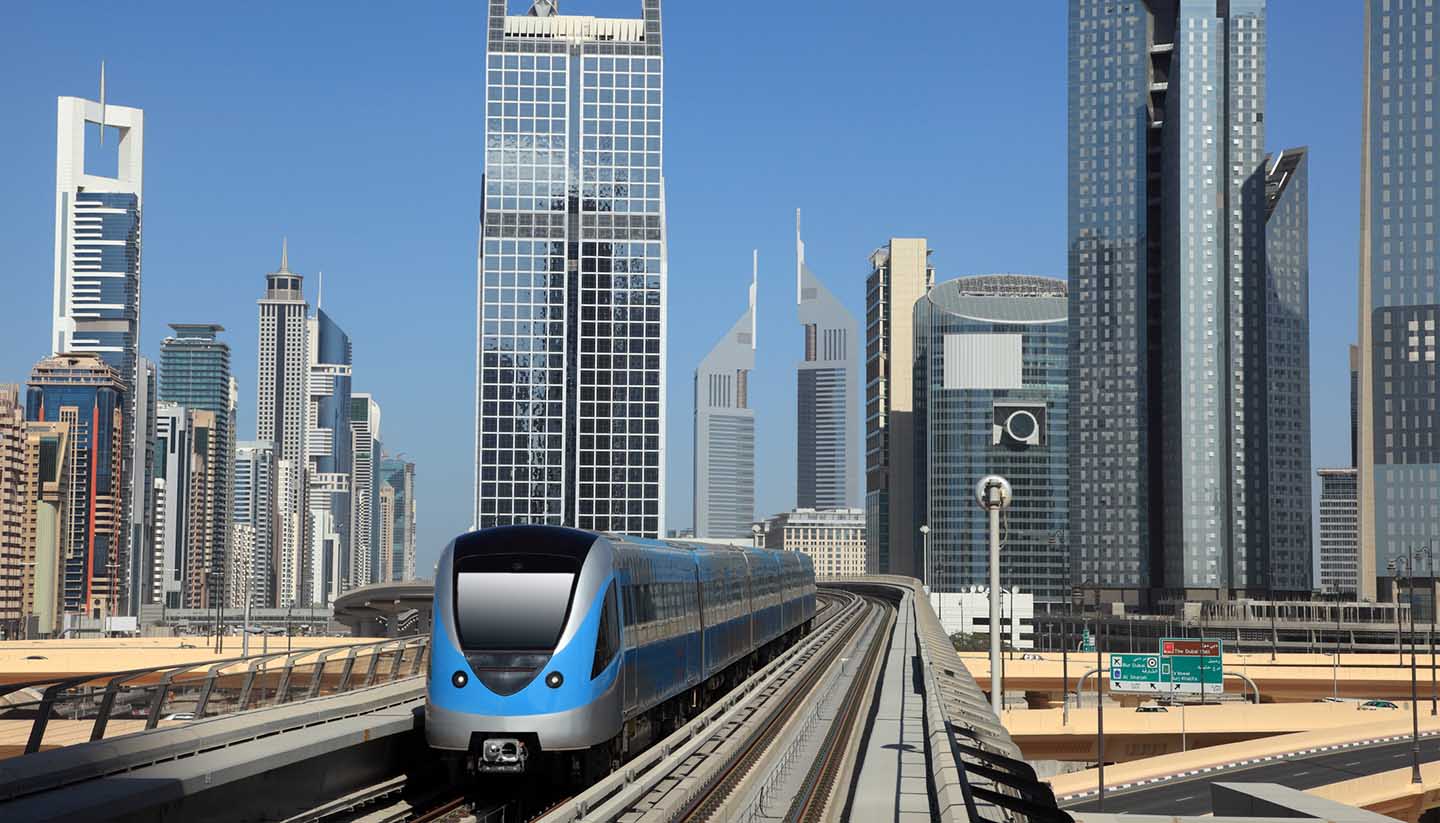Dubai History
Within less than 300 years, Dubai has grown from small pearl fishing village into a modern metropolis with a skyline studded with skyscrapers. The story begins with the current rulers, the Al Maktoum family.
In 1833, they led 800 members of the Bani Yas tribe to what is now Dubai Creek, where they set up home. The creek was a natural harbour and during the 19th century, it served as Dubai’s commercial engine, establishing itself as a centre for fishing, pearling and maritime trade. Old dhows (traditional sailing boats) still ply the routes between Dubai, India and beyond.
By the turn of the 20th century, Dubai had established itself as a successful port. The souk on the Deira side of the Creek was the largest on the coast with 350 shops, attracting a steady stream of visitors and businessmen. By the 1930s, the city’s population was nearly 20,000, a quarter of whom were expatriates.
In the 1950s the creek began to silt, so ruler Sheikh Rashid bin Saeed Al Maktoum decided to have the waterway dredged. It was ambitious and costly project but one that proved visionary thanks to the vast increase of cargo traffic as a result.
When oil was discovered in 1966, Sheikh Rashid turned the petro-dollars into building projects, and also used it to kick-start the tourist industry. In 1971, Dubai became part of the United Arab Emirates following the British withdrawal. In 1972, the project was completed when the final emirate, Ras Al Khaimah, joined the fledgling country.
Even though the visionary Sheikh Rashid died in 2006, and was succeeded by his son Sheikh Mohammed, Dubai and the United Arab Emirates have continued to flourish.
The city state suffered a setback in 2008 when recession hit and it had to be bailed out by Abu Dhabi, but today Dubai is back on track and the cranes that dot its skyline are as busy as ever.
Did you know?
• Before the discovery of oil, the pearl trade was Dubai’s major source of wealth.
• The oldest reference to Dubai is by the Venetian Gasparo Balbi in 1580.
• In 2001, Dubai became the home of the world’s largest artificial island, the Palm Jumeirah, which can be seen from space.


